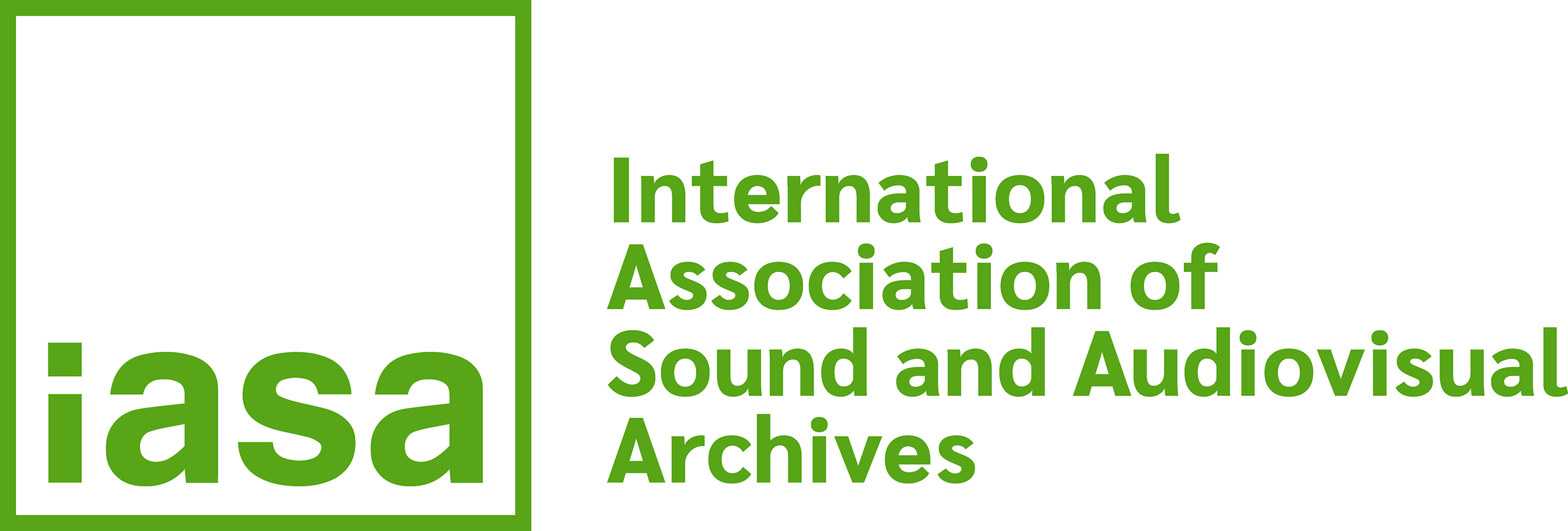The Value of Discography
IASA is pleased to highlight some of the presentations from this year's annual conference in Berlin. The following summary comes to us from Thomas Henry, a collector of 78 rpm records based in Paris who runs the blog Ceints de Bakélite. He holds the Vice-Chair position of the IASA discography committee. Slides from his presentation can also be found here:
On May and June 1932, French ethnomusicologist André Schaeffner sent a series of letters to the Odeon, Gramophone, Victor and Columbia companies to request their catalogues of "ethnographic records from Europe, Asia, Africa, America, and Oceania." Schaeffner was the head of the organology department of the Musée d'Ethnographie du Trocadero (renamed Musée de l'Homme in 1937) in Paris at that time and was willing to build up a collection of folk music records from around the world. This work was carried on by his successor Gilbert Rouget in the next decades. This resulted in a fabulous collection of 330 rare record catalogues of folk music records that has developed in parallel with the museum's sound archive. It is now located in the CNRS-Musée de l'Homme sound archives, managed by the Research Center for Ethnomusicology (CREM-LESC, CNRS & Paris Nanterre University) with support of the French Ministry for Culture and Communication
Record catalogues have not always been considered as valuable items. This presentation aims at proving that they are actually fascinating items by showing what we can learn from them. They have indeed much more to offer than monotonous alphabetically ordered lists of records or artists. They are a real gold mine for recorded sound historians, collectors, or discographers. For example, they let us discover how records were marketed and categorized by record companies. They also often feature a rich iconography and can include rare photographs and biographical elements.
Furthermore, these catalogues raise several issues for librarians and archivists. How to store and preserve them? How to catalog them, especially when they feature multilingual contents? How to link them with sound recordings? What are the best practices regarding their digitization and dissemination? Finally, what are the possible uses that can be made of them?
- bertramlyons's blog
- Log in to post comments


